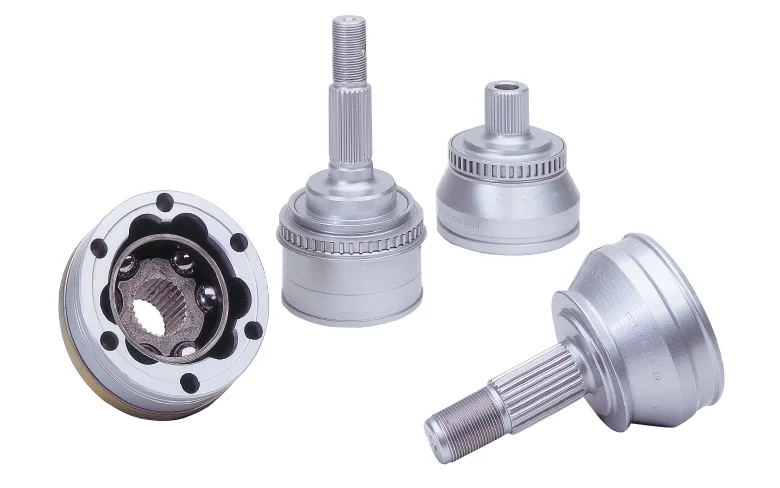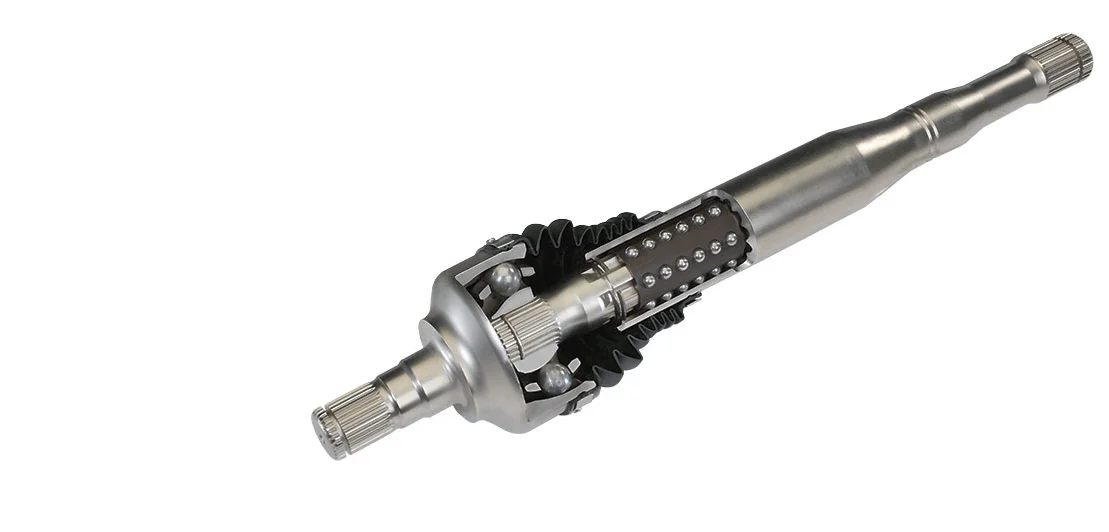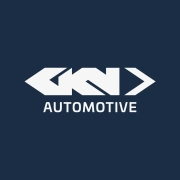GKN Driveline Celaya increased overall equipment efficiency (OEE) for a CV joint hardening line by 9%
At GKN Driveline Celaya in Mexico, manufacturing engineer Kevin Tovar Estrada was facing a tough challenge. The induction hardening lines for CV joints were not running as efficiently as they could. Scrap rates were high, and the equipment was wearing out faster than expected. Kevin knew there had to be a better way to manage and optimize the process.
The challenge
The main issues were high scrap rates and short coil lifespans. Each time the hardening profile was slightly off, parts had to be scrapped. This was wasteful and costly. Additionally, the coils used in the hardening process were failing after only 20,000 shots, causing frequent downtime and maintenance.

The solution
Kevin turned to CENOS simulation software, a tool specialized in induction heating. This software allowed him to create a “hardening cookbook” – an algorithmic instruction for a machine operator to troubleshoot wrong hardening results. This “cookbook” helped operators adjust parameters like the gap size between a part and an inductor to get the perfect hardening profile.
For example, the operator makes an inspection of the hardening profile by cutting the part. If there is a deviation from the desired profile, the operator adjusts the parameters according to the “cookbook”, which ensures a reliable result with less scrap.
Simulation software helped Kevin to create such a “cookbook” 60% faster than in the traditional way with physical experiments. For a CV joint shaft hardening, the simulation approach resulted in the production process running with 60% less scrap.

The results
As Kevin also managed to design better coils with the help of CENOS, the benefits of using simulation were clear. Kevin’s new “cookbook” and redesigned coil resulted in significantly less scrap and the coil life increased dramatically – from 20,000 shots to over 122,000 shots. This sixfold increase meant less downtime and maintenance, leading to smoother production.
To be sure about the results, Kevin compared the simulated hardening profile with the cross-section cut of the real part, the software had a prediction accuracy of 93.8%. Then, Kevin redesigned the coil for CV joint hardening based on the simulation. He altered the position of flux concentrators and found a better design that eliminated local overheating.
The improvements didn’t stop there. The overall equipment efficiency (OEE) of the CV joint hardening line increased by 9%. This boost in efficiency is significant for any manufacturing operation, translating to better use of resources and higher productivity.
For engineers and manufacturing managers, this story is an example to the power of simulation software in improving production processes. By adopting advanced tools, companies can significantly reduce waste, extend the life of their equipment, and boost overall efficiency.


